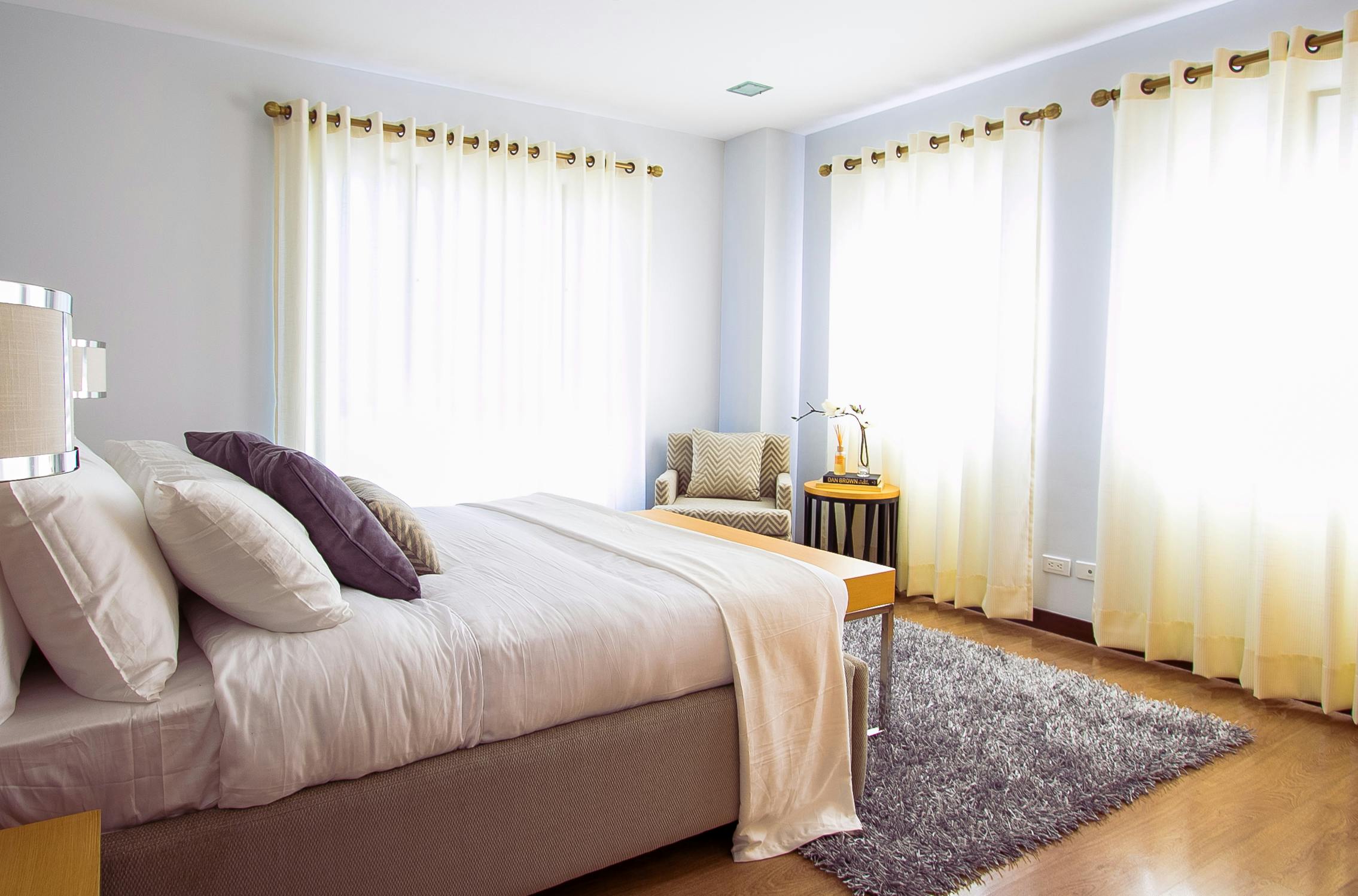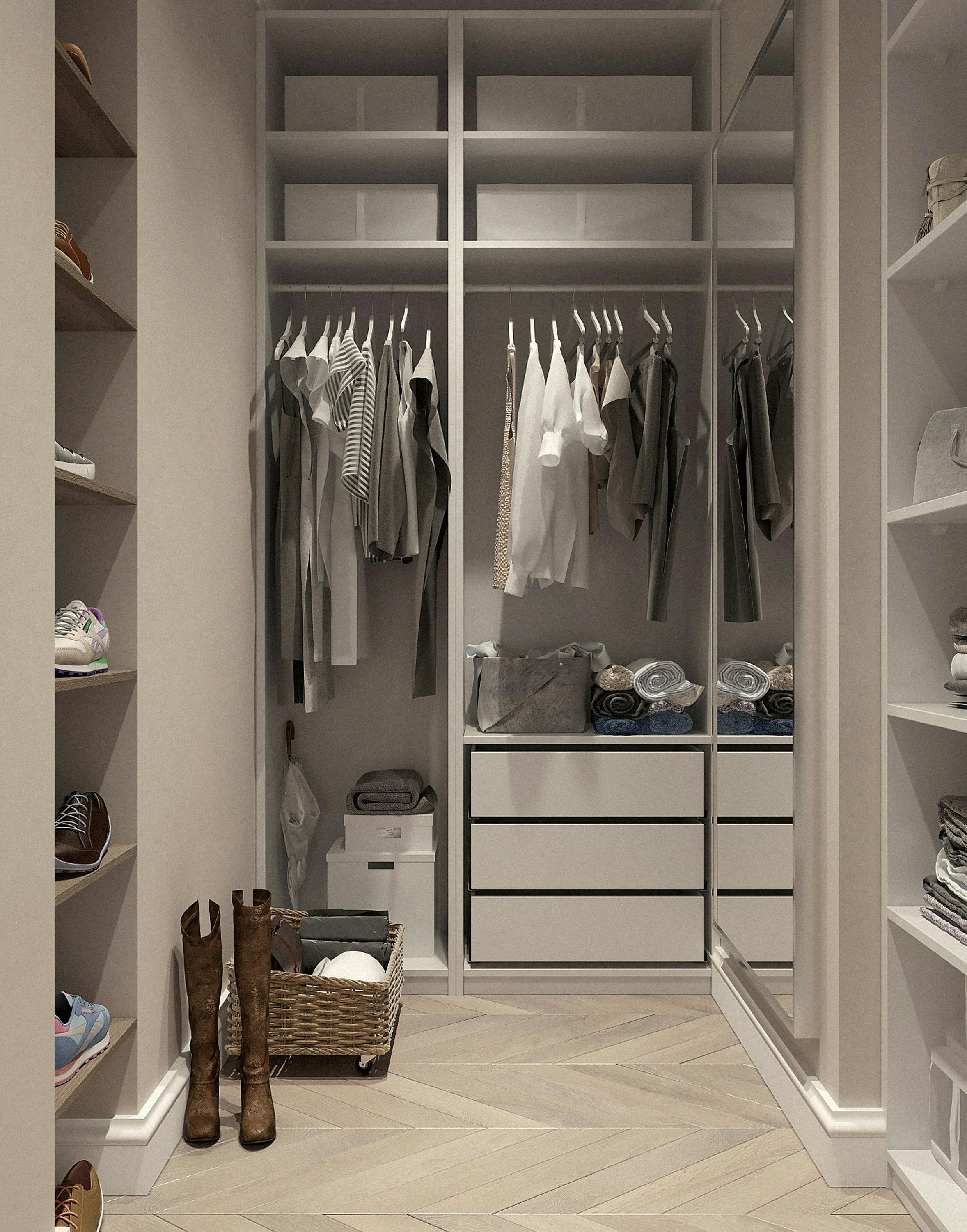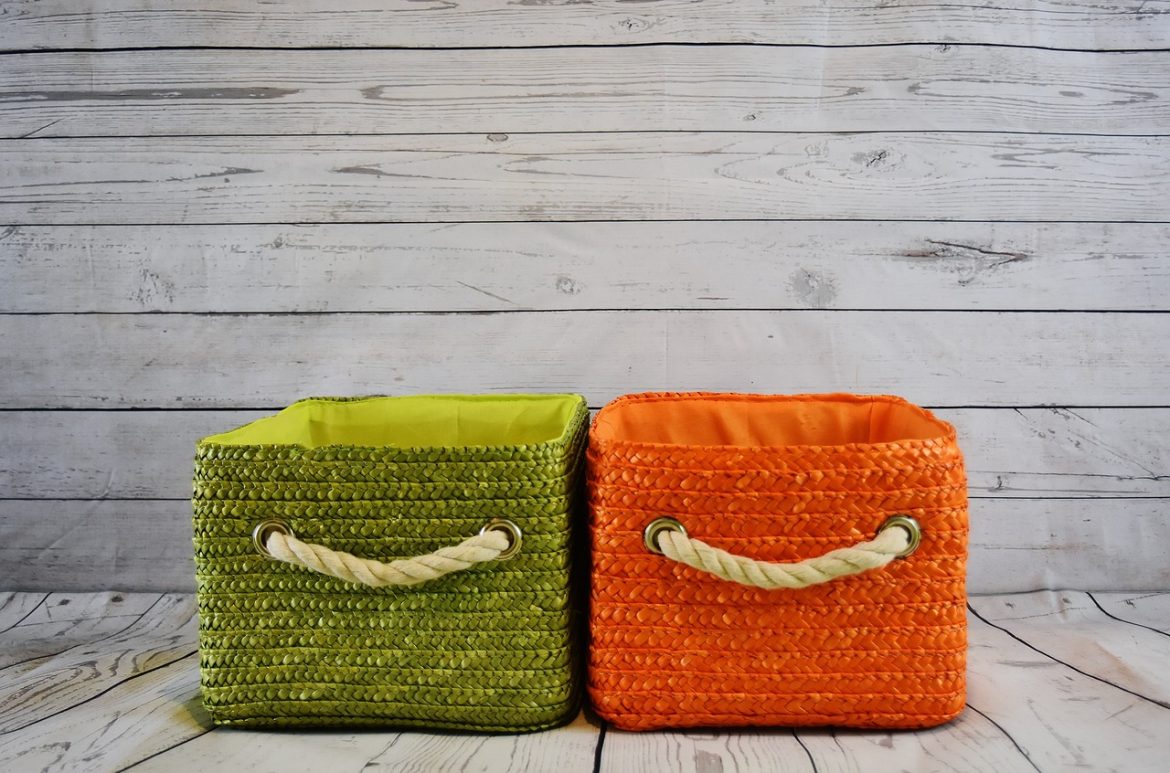Table of Contents
Finding more space at home is a common problem, but you can make the most of your living spaces by using some ingenious techniques. Explore these clever storage options to effectively remodel your house.
# Maximize Vertical Space
Although it’s simple to concentrate on floor area, your home’s vertical dimension is frequently disregarded. Any room’s storage capacity can be significantly increased by utilizing vertical space. Installing ceiling-height cabinets in your kitchen is a good place to start.
This gives your kitchen a sleek, streamlined look in addition to offering more storage for things you use less frequently. Store seasonal décor or rarely used items on the tops of these cabinetry units.
Think about installing tall bookcases or floating shelves in your living room. Books, ornaments, and even multimedia equipment can be stored in these items. Additionally, closets can be made as useful as possible by utilizing tiered storage systems or multi-level shelving. When you think vertically, closets can hold everything from accessories to shoes in a much more accessible and organized way.
Vertical solutions are also advantageous for bedrooms. In addition to adding extra sleeping space, loft beds offer underneath space for desks, trash cans, or even a comfortable reading nook. In a similar vein, coats, hats, and bags can be stored on hooks mounted on walls or behind doors, freeing up important closet space. You’ll find a whole new level of organization potential by turning unused vertical spaces into useful storage.
# Utilize Under-Bed Storage
The area beneath your bed is a powerful storage space that is frequently underutilized. Purchase flat, rolling bins or boxes made especially for storage beneath beds. These come in different sizes and are perfect for keeping shoes, extra linens, or clothing that isn’t in season. Put labels on these containers so you can quickly find what you’re looking for without having to search through them all. Clear plastic options also make maintenance and retrieval easier by letting you quickly see what’s inside.
A storage bed, which has built-in drawers or lift-up mechanisms to access a hidden compartment, is another creative option. These beds serve as multipurpose furniture, providing you with a place to sleep as well as lots of space to store things that might otherwise take up too much room in your room. Consider accessibility when choosing a storage bed.
Another great tactic is to tuck suitcases under the bed. Use them to store less-used or off-season apparel. This not only keeps things hidden, but it also makes packing for travel easier because you’ll have some things prepared in advance. You can declutter your room and give it a more polished, organized look by making the most of the frequently overlooked area beneath your bed.

# Integrate Dual-Purpose Furniture
Dual-purpose furniture can be a lifesaver in cramped quarters or multipurpose rooms. One common example is an ottoman with concealed storage inside. These multipurpose items can be used as a footrest, seat, and storage bin. They are especially helpful for storing blankets, pillows, and other random objects in living rooms and bedrooms. Some ottomans also have a tray that can be used to create a temporary coffee table on the top.
Another excellent option are futons or sofa beds. They serve as seating during the day and as cozy beds at night. They are perfect for guest rooms or tiny apartments where space is limited because of their dual use. Some designs are more space-efficient because they have built-in storage spaces for pillows and linens.
This trend also applies to dining tables. For example, drop-leaf tables can be compacted to save space when not in use, but when extended, they offer a full-size dining area. You get more room to store dining necessities like tablecloths, napkins, or dining sets when you combine them with storage benches or chairs that have concealed compartments. These multipurpose pieces of furniture serve vital purposes and keep your living spaces clutter-free, making them an essential part of any clever storage plan.
# Embrace Closet Organization Systems
Closets can become organized storage havens with the correct system, even though they are frequently the most disorganized areas of our homes. Installing shelving units that can be adjusted to meet your unique needs should be your first step. These adaptable systems are a flexible solution for changing storage needs because they let you rearrange shelves, rods, and baskets based on what you need to store.
Use labels and clear bins to effectively classify items. Finding shoes, accessories, or out-of-season apparel is made simple with a neatly organized closet. Labels can facilitate rapid identification, cutting down on the amount of time spent looking for items, and using clear bins lets you quickly see what you have.
Using over-the-door shoe, accessory, or toiletry organizers is another inventive idea. These organizers work well in pantry doors to store cleaning supplies, spices, and even small snacks, so they’re not just for the bedroom. Additional hanging space for hats, belts, and scarves can be created by installing hooks and pegs on the inside of closet doors. By using these techniques, closets become more useful and improve the general orderliness of your house.

# Declutter and Rotate
An excess of stuff cannot be made up for by any storage solution. Keeping your home organized requires regular decluttering sessions. Assess what you actually use and need first. It might be time to part with something that hasn’t been used in a year and has little sentimental value. There are many ways to declutter responsibly, including recycling, selling, and donating.
Adopting the one-in, one-out rule is a wise practice. Take one item out of your house for each new one you bring in. By doing this, you can avoid accumulation and keep your equilibrium. Seasonal rotation is another useful strategy. Make room for the things you use now by putting away out-of-season items in designated bins, such as summer clothing or holiday decorations.
Decluttering involves more than just getting rid of things; it also involves rearranging what is left. For better use, think about reusing storage containers. For example, repurpose old baskets to store linens or convert mason jars into pantry storage. A clutter-free and functional living space is ensured by routinely assessing and rearranging the things in your house to create a dynamic system that adapts to your needs.



